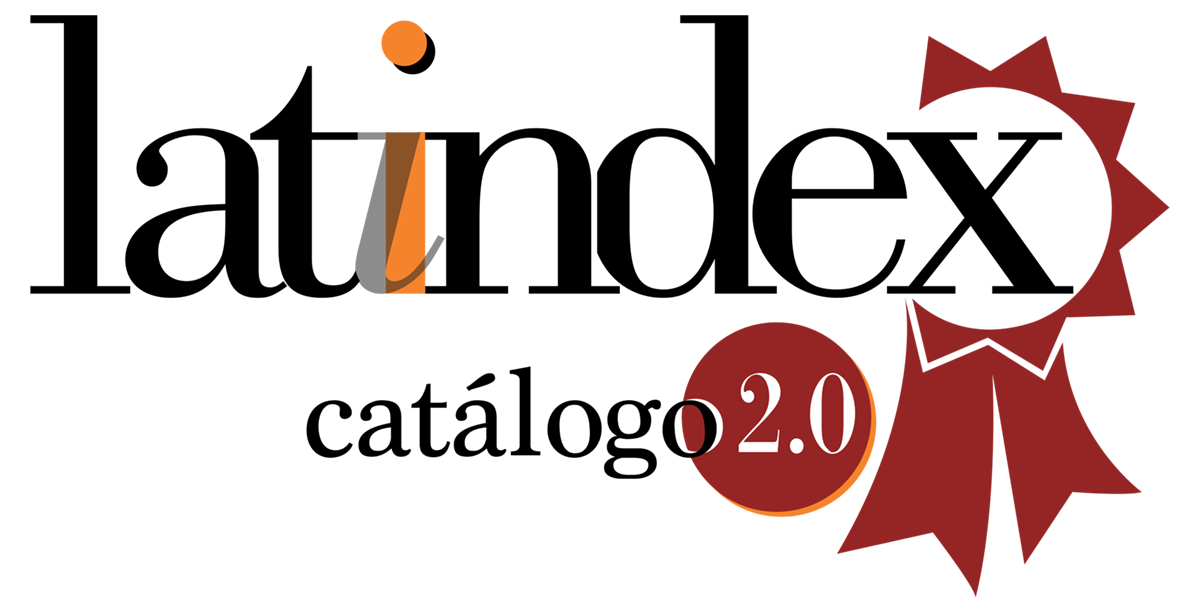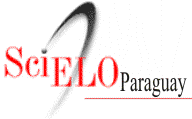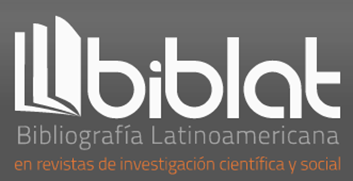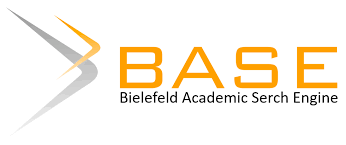EVALUATION POLICY
All manuscripts undergo an editorial and ethical review by members of the Editorial Board (Editor-in-Chief, Co-editor, and/or Associate Editors and Secretary). They are critically evaluated to ensure compliance mainly with the following criteria:
- Relevance of the topic to the areas covered by the journal.
- Originality, novelty, and interest of the subject matter.
- Compliance with formal requirements, such as results that provide solid support for the conclusions presented, clarity, interest for non-specialists, use of figures and tables, and the integration and depth of analysis of the cited literature.
- Technical quality of the writing.
- Acceptance of publication conditions (submission of a cover letter).
- Absence of conflicts of interest and compliance with copyright regulations and ethical standards of the journal.
- The manuscript must not be under review by another journal or simultaneously submitted elsewhere.
PEER REVIEW PROCESS
Submissions made through the platform will be managed by the Editors, who will verify that the manuscripts meet the general criteria for presentation, thematic scope, structure, and citation standards of the journal. Once it is determined that the manuscript meets these criteria, the decision to send it for peer review lies with the Editor-in-Chief and/or the Co-editor.
If the manuscript passes the review process, it will be assigned to an Associate Editor in the relevant field, who will evaluate its scientific content and decide whether to send it to area-specific reviewers. At least two expert reviewers in the field will be assigned. The review will be conducted as a double-blind process, wherein the reviewers will not know the names of the authors, and the authors will not know the names of the reviewers. The reviewers will evaluate the manuscripts based on their originality, validity, and importance to determine if they should be published in the journal. The selection of reviewers is based on their experience and expertise in the subject area of the manuscript.
After receiving all the requested reviews, the Associate Editors will prepare a recommendation for the Editor-in-Chief, with the possible decisions being:
- Reject the article.
- Accept it with modifications (publication will be approved once the suggested changes have been incorporated).
- Accept it for publication.
The manuscript will undergo a maximum of two rounds of revisions.
Regarding the ruling: if the manuscript receives two rejection decisions, it will be considered rejected, canceling the possibility of publication. If one decision is to accept and/or accept with modifications and the other to reject, the manuscript may be sent to a third reviewer, or the area editor will make the final and unappealable decision. If the manuscript is accepted with modifications, the corresponding author will be notified to review the manuscript, which should preferably be returned within a maximum of 30 working days. The author must address the reviewers' concerns, additions, corrections, expansions, or clarifications, or alternatively, provide a detailed justification in a letter.
In some cases, the reviewers may verify the changes to ensure that the authors have adequately addressed all observations and recommendations. If the changes have not been considered or the justifications are invalid, the manuscript will be rejected. Once the manuscript has been corrected following the recommendations, it will be forwarded to the Area Editor, who will consider it for final acceptance.
The Editor-in-Chief will review the Area Editor's consideration and make the final decision regarding the publication of the manuscript.
The content of the decision is confidential and for the internal use of the journal and the author.
EDITORIAL EVALUATION FLOWCHART

















